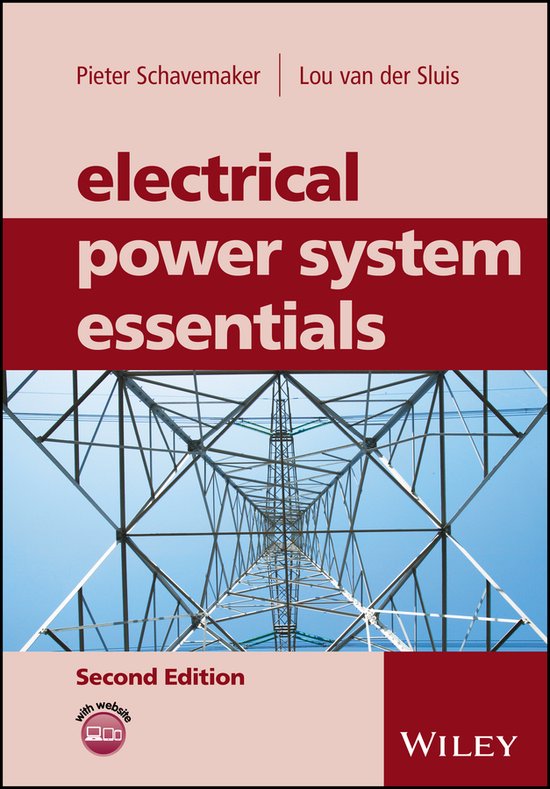
| Taal: | en |
| Bindwijze: | Hardcover |
| Oorspronkelijke releasedatum: | 07 juli 2017 |
| Aantal pagina's: | 425 |
| Illustraties: | Nee |
| Hoofdauteur: | Pieter Schavemaker |
| Tweede Auteur: | Lou van der Sluis |
| Co Auteur: | Pieter Schavemaker |
| Co Auteur: | Pieter Schavemaker |
| Editie: | 2 |
| Extra groot lettertype: | Nee |
| Product breedte: | 152 mm |
| Product hoogte: | 25 mm |
| Product lengte: | 236 mm |
| Studieboek: | Ja |
| Verpakking breedte: | 154 mm |
| Verpakking hoogte: | 30 mm |
| Verpakking lengte: | 235 mm |
| Verpakkingsgewicht: | 903 g |
| Editie: | 2 |
| Extra groot lettertype: | Nee |
| Product breedte: | 152 mm |
| Product hoogte: | 25 mm |
| Product lengte: | 236 mm |
| Studieboek: | Ja |
| Verpakking breedte: | 154 mm |
| Verpakking hoogte: | 30 mm |
| Verpakking lengte: | 235 mm |
| Verpakkingsgewicht: | 903 g |
Electrical power supply is about to change; future generation will increasingly take place in and near local neighborhoods with diminishing reliance on distant power plants. The existing grid is not adapted for this purpose as it is largely a remnant from the 20th century. Can the grid be transformed into an intelligent and flexible grid that is future proof?
This revised edition of Electrical Power System Essentials contains not only an accessible, broad, and up-to-date overview of alternating current (AC) power systems but also end-of-chapter exercises, aiding readers in their understanding of the material introduced.
With an original approach, the book covers the generation of electric energy from thermal power plants through renewable energy sources and treats the incorporation of power electronic devices and FACTS. Throughout there are examples and case studies that back up the theory and techniques presented.
The authors set out information on mathematical modeling and equations in appendices rather than integrating it into the main text. This unique approach distinguishes the book from other textbooks on electrical power systems and makes the resource highly accessible for undergraduate students and readers without a technical background directly related to power engineering.
After laying out the basics for a steady-state analysis of the three-phase power system, the book examines:
The book is supplemented by a companion website from which teaching materials can be downloaded.